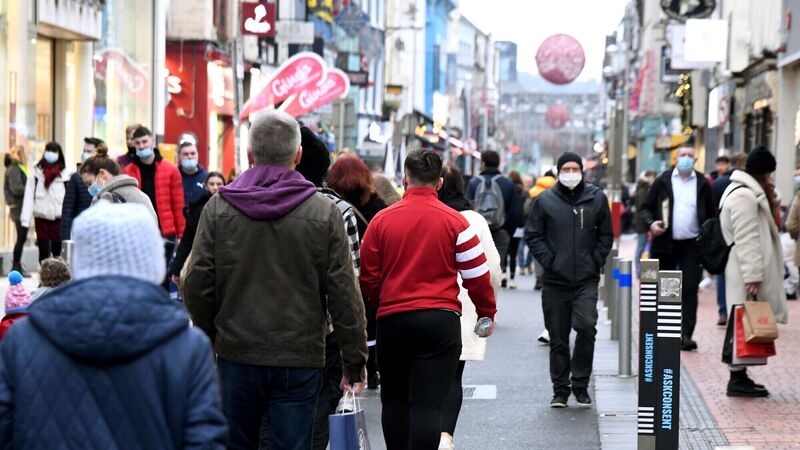Tom McDonnell: Unreasonable to expect workers to passively accept fall in living standards

Real incomes are likely to fall for most households this year. This will put particular pressure on low-income households as these groups must spend all or almost all of their incomes on consumption goods. Picture: Denis Minihane
Cost of living pressures are creating almost daily demands for wage increases and other measures to relieve the burden on households. So what happened during the last period of high inflation in the 1970s and 1980s?
Inflation during this period was driven by the twin oil crises of 1973 and 1979. The cost of living increases led to significant industrial unrest in the 1970s. The Central Statistics Office compiled real earnings data for the period 1938 to 2015 and, as it turns out, national earnings in industry increased by an average of 18.1% a year through the 1970s.














